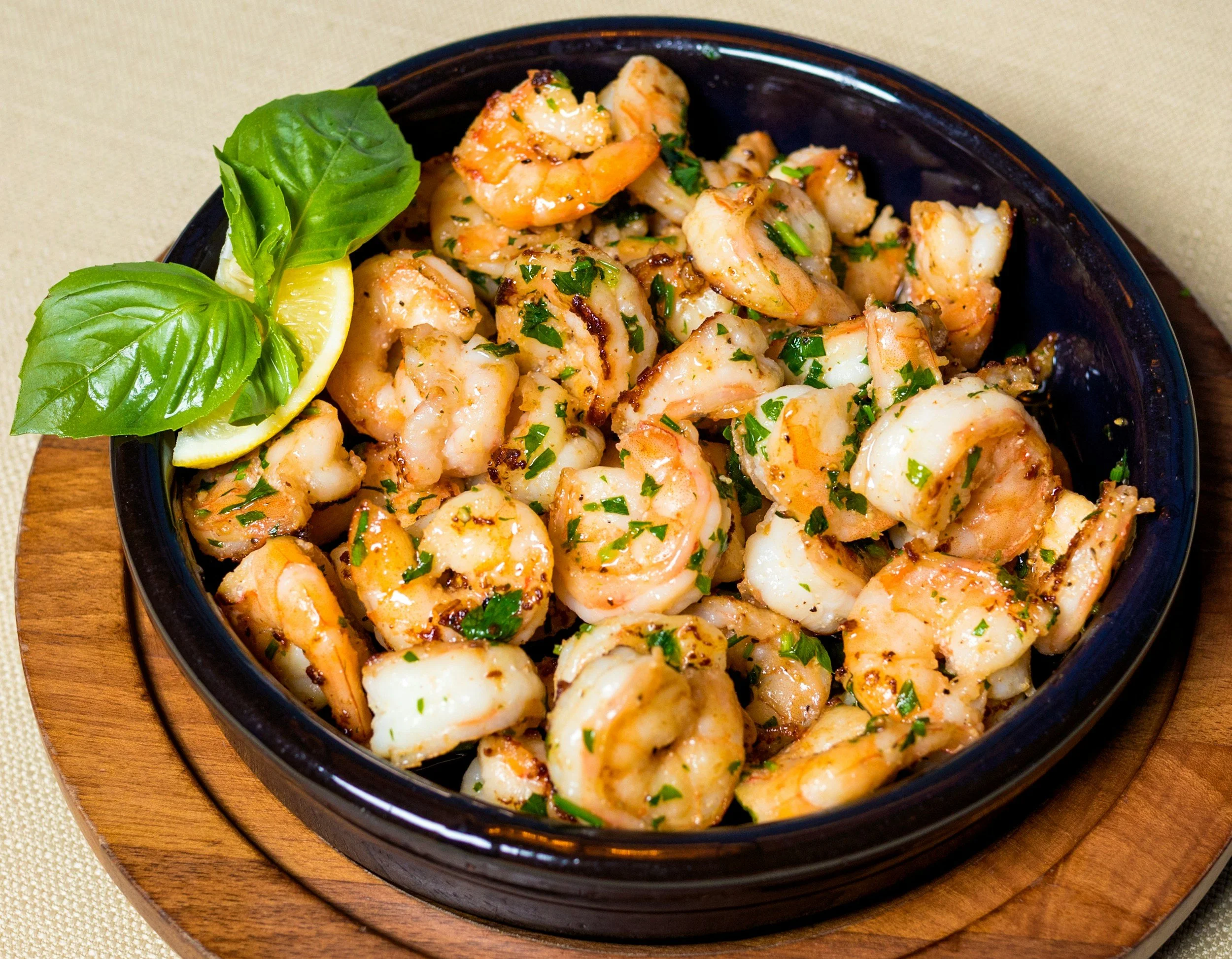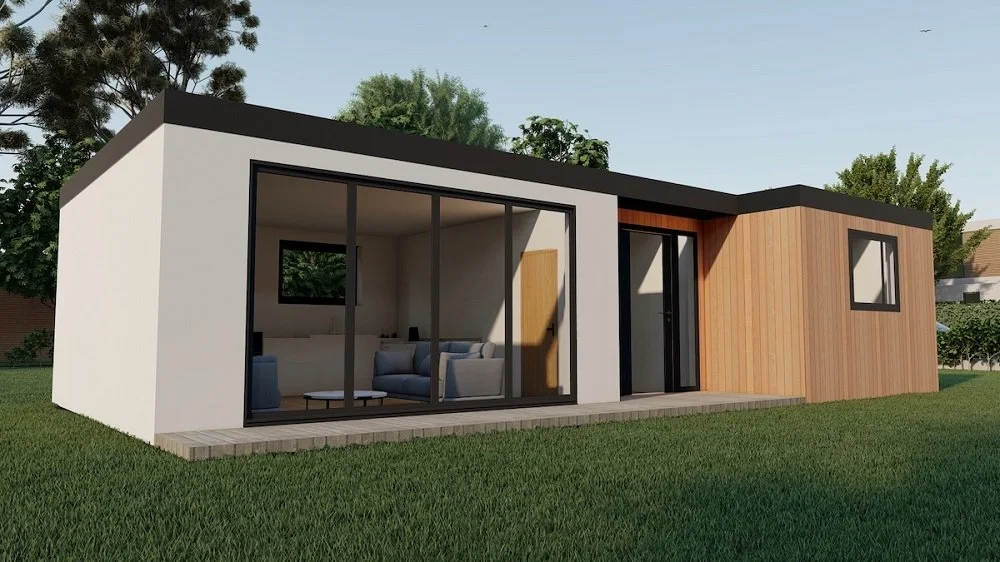8 Home Modifications to Make Your Space Kid-Friendly
/Creating a home that is both safe and enjoyable for children is a priority for many families. As kids grow and explore their environment, ensuring that your living space is equipped to handle their needs becomes increasingly important. Whether you’re moving into a new house or updating your current home, making thoughtful modifications can significantly enhance both safety and comfort.
From creating designated play areas to childproofing potential hazards, there are several key adjustments you can make to ensure your home is a kid-friendly haven.
1. Create a Safe Play Area
One of the best ways to make your home more kid-friendly is by designating a specific area for play. Children need a space where they can explore, learn, and have fun without constant supervision or the risk of getting hurt. A safe play area provides just that—a contained space where kids can engage in activities without parents worrying about potential dangers.
When setting up a play area, consider using soft flooring materials like foam mats or carpets. These can cushion falls and provide a comfortable surface for crawling, rolling, or just sitting down to play with toys. It’s also important to keep this area free from sharp objects, heavy furniture, or anything that could be easily knocked over.
2. Childproof the Bathroom
The bathroom is one of the most hazardous areas in any home, especially for young children. Slippery floors, hard surfaces, and the presence of water make it a potential danger zone. Therefore, childproofing the bathroom is a crucial step in creating a kid-friendly home.
One effective approach to enhancing bathroom safety is to consider bathroom remodeling. This can involve adding features specifically designed with children in mind. For instance, installing non-slip flooring can prevent accidents caused by wet surfaces. Moreover, accessible storage that’s within a child’s reach can encourage independence while reducing the likelihood of accidents from climbing. Child-height sinks are also a great idea, as they allow children to wash their hands or brush their teeth without the need for a stool, which could tip over.
3. Install Child-Safe Windows
Windows can pose a significant risk to children, especially in rooms where they play or sleep. Accidental falls from windows are a serious concern, so taking steps to make windows child-safe is essential.
Installing window guards or stops is one of the simplest and most effective modifications you can make. Window guards act as a barrier, preventing children from falling out, while stops limit how far a window can open. These safety features are particularly important in multi-story homes where the risk of serious injury from a fall is greater. Additionally, keeping furniture away from windows can reduce the temptation for kids to climb and potentially fall. Ensuring that windows are both safe and secure gives parents peace of mind while allowing natural light to brighten children’s rooms.
4. Opt for Rounded Furniture Edges
When children are learning to walk and run, they are prone to bumps and falls. Sharp corners on furniture can turn a minor trip into a serious injury, making it important to choose furniture with rounded edges whenever possible.
Rounded furniture edges reduce the likelihood of cuts and bruises if a child accidentally falls against a table, countertop, or other hard surfaces. For homes that already have sharp-edged furniture, corner guards can be added as a protective measure. These soft, cushiony covers are inexpensive and easy to apply, providing an immediate safety upgrade. Opting for rounded edges allows you to create a safer environment where kids can move freely without the added risk of injury from sharp corners.
5. Add Safety Gates
Safety gates are an essential tool for keeping young children safe in homes with stairs or rooms that require restricted access. These gates create physical barriers that prevent children from wandering into areas that may pose a danger, such as staircases, kitchens, or workshops.
When installing safety gates, it’s crucial to ensure they are securely fastened and properly positioned. Pressure-mounted gates are convenient for doorways but may not be as reliable for the top of stairs, where hardware-mounted gates are generally safer. Additionally, gates should be tall enough that a child cannot climb over them and should be checked regularly to ensure they remain secure.
6. Choose Washable and Durable Materials
When you have kids, spills, stains, and general wear and tear become a part of everyday life. Choosing materials that are both washable and durable is essential in maintaining a home that looks good and functions well, even with active children around.
Opt for washable paints on walls, which allow for easy clean-up of fingerprints, crayon marks, or accidental spills. Stain-resistant fabrics for furniture are also a smart choice, as they can withstand the inevitable messes without permanent damage. For flooring, consider materials like vinyl or laminate, which are both durable and easy to clean. Carpets should be stain-resistant, and area rugs can be used to protect high-traffic areas.
7. Choosing Non-Toxic Paints and Materials
When creating a safe environment for your kids, it’s important to think about what surrounds them every day, including the paint on the walls and the materials in their furniture. Kids are naturally curious, touching and exploring everything, so ensuring that these everyday items are safe is crucial. One simple yet effective step is to choose non-toxic paints for your home. Traditional paints often contain chemicals called VOCs (volatile organic compounds) that can release harmful fumes. Switching to non-toxic or low-VOC paints is an easy way to make your home safer.
The materials used in your children’s furniture and toys are just as important. Kids often put things in their mouths or play closely with their toys and furniture, so it’s vital to choose items made from safe, non-toxic materials. Look for furniture made from solid wood or other materials that don’t contain harmful chemicals.
8. Soft Flooring for Safety
When making your home kid-friendly, one area that often gets overlooked is the flooring. Children spend a lot of time on the floor—crawling, playing, and even tumbling around. Hard floors can pose a risk for injuries, especially if your little one takes a tumble.
Soft flooring options, such as foam mats, plush carpets, or rubber tiles, provide a cushioned surface that can absorb the impact of a fall. These materials are designed to be durable, easy to clean, and comfortable for children to play on. They also come in a variety of colors and patterns, making it easy to find something that fits the style of your home.
Making your home kid-friendly involves creating a space where children can thrive safely and comfortably. By incorporating these modifications, you ensure that your home is a haven and also a nurturing environment that supports your children’s growth and well-being. These thoughtful changes help foster independence, encourage creativity, and provide peace of mind for the entire family.
About the Author:
Tahir Quaid Johar is a Blogger, Author, Marketing and SEO Specialist with a passion for creating content on Lifestyle and such prevailing topics to educate the readers and helping them to learn and enhance their thinking process.










































Creating a home that is both safe and enjoyable for children is a priority for many families. As kids grow and explore their environment, ensuring that your living space is equipped to handle their needs becomes increasingly important. Whether you’re moving into a new house or updating your current home, making thoughtful modifications can significantly enhance both safety and comfort.